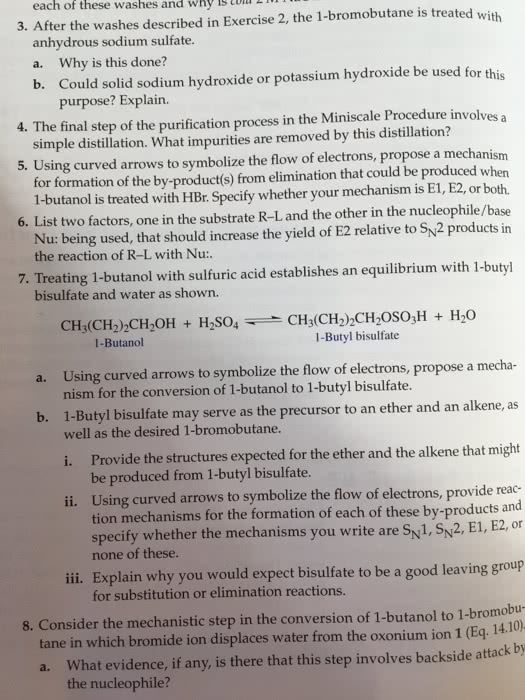CHM 2123 Lecture Notes - Lecture 3: Vapor Pressure, Protic Solvent, Butene
Document Summary
When proceeding a reaction, there is a possibility that two reaction pathways compete for the formation of the final product (ex; sn2 vs e2) Conversion ratio of all products produced to the total that could have been produced. Selectivity ratio of the desired product (e2 or sn2) among all products formed. Strong base deprotonates a beta hydrogen adjacent to the alpha-carbon; electrons from the c-h bond attack the alpha-carbon. Lg leaves and a new alkene bond is formed. Rds formation of carbocation since lg leaves before nucleophilic attack. Bimolecular and concerted reaction occurs in a single step. H must be anti-periplanar to the leaving group. Consider e/z isomers of the elimination product and the major/minor products (where the stable alkene forms) All 3 can show up on a tlc (e/z isomers likely to have very similar rf values) Elimination reactions are preferred when heat is present.



